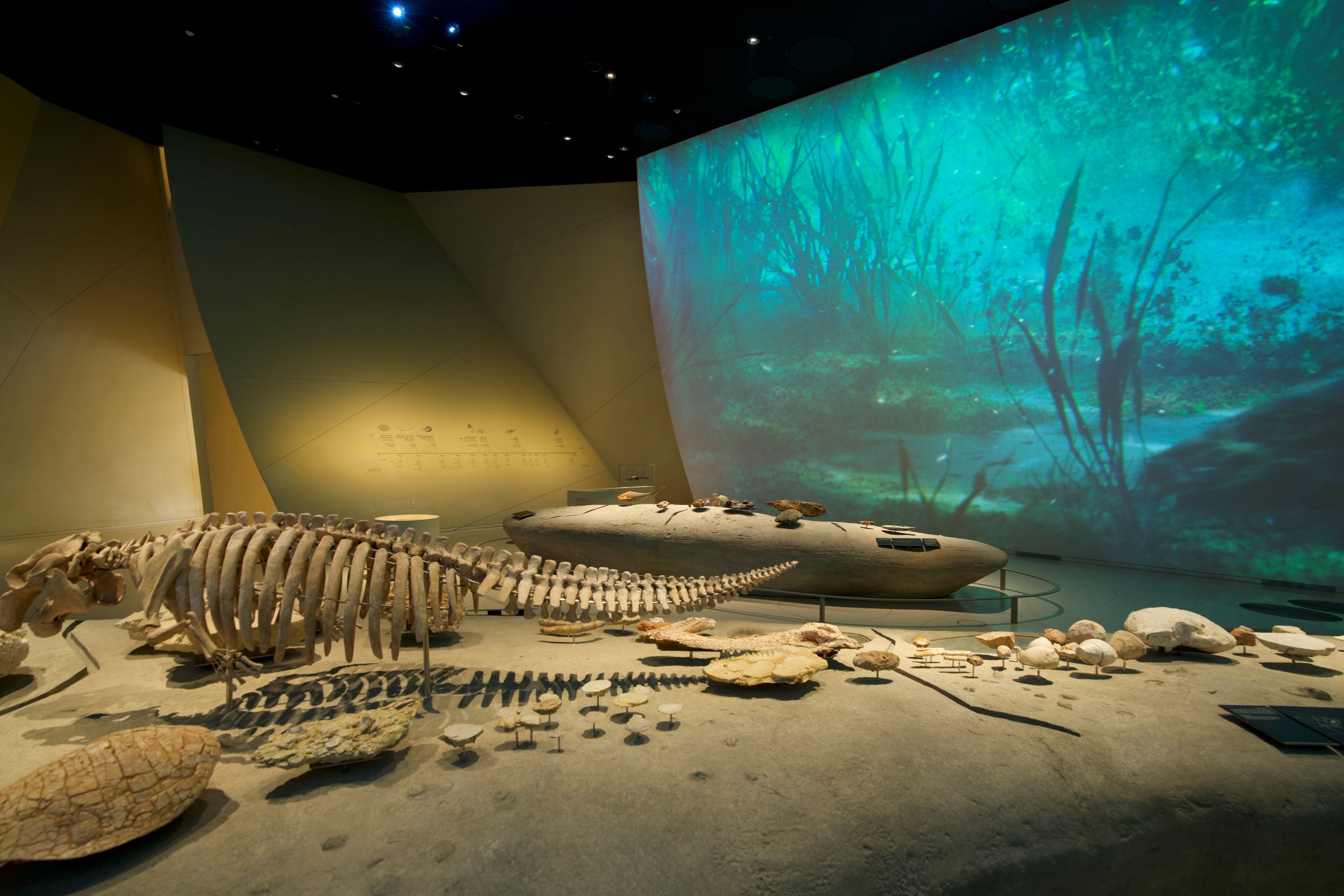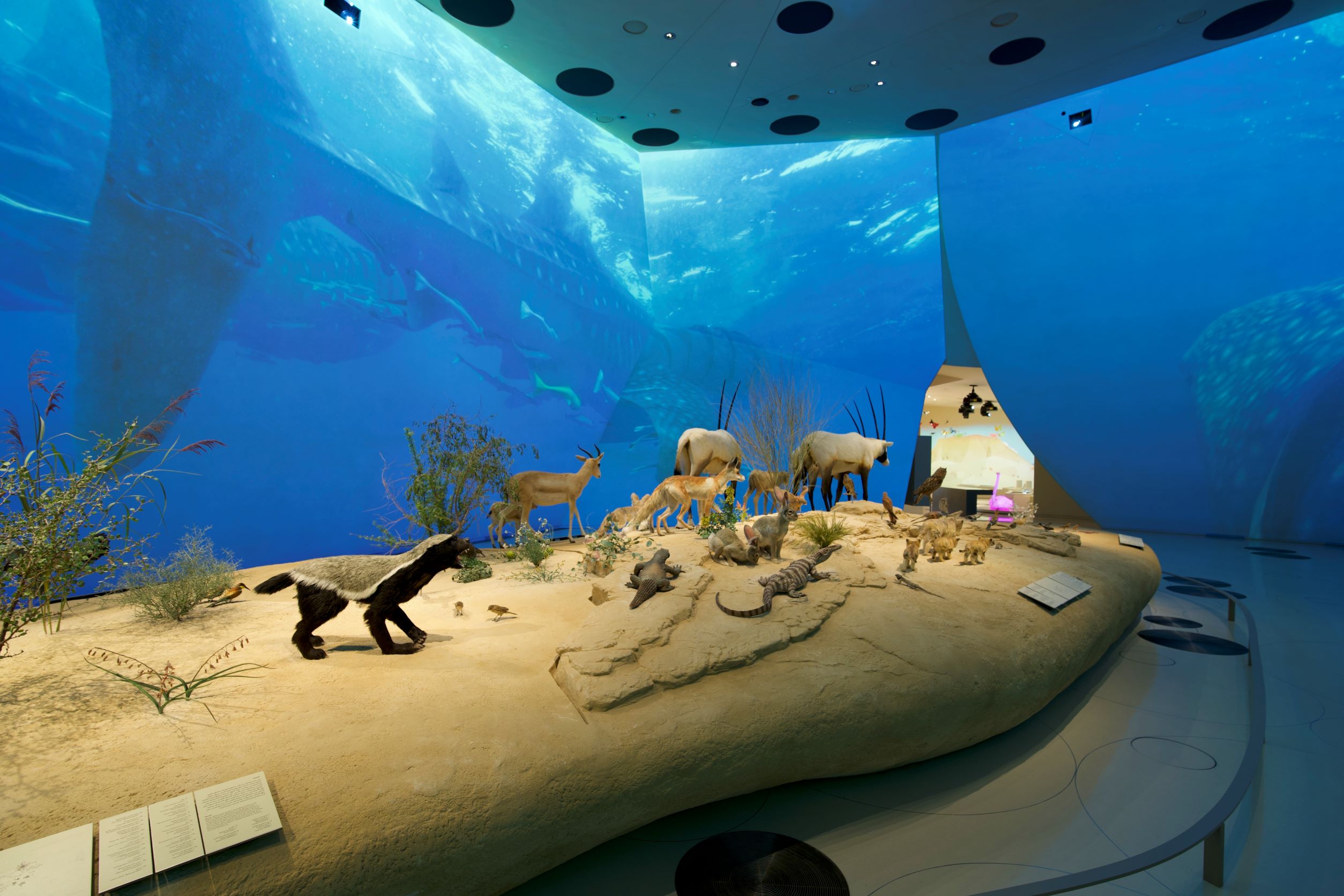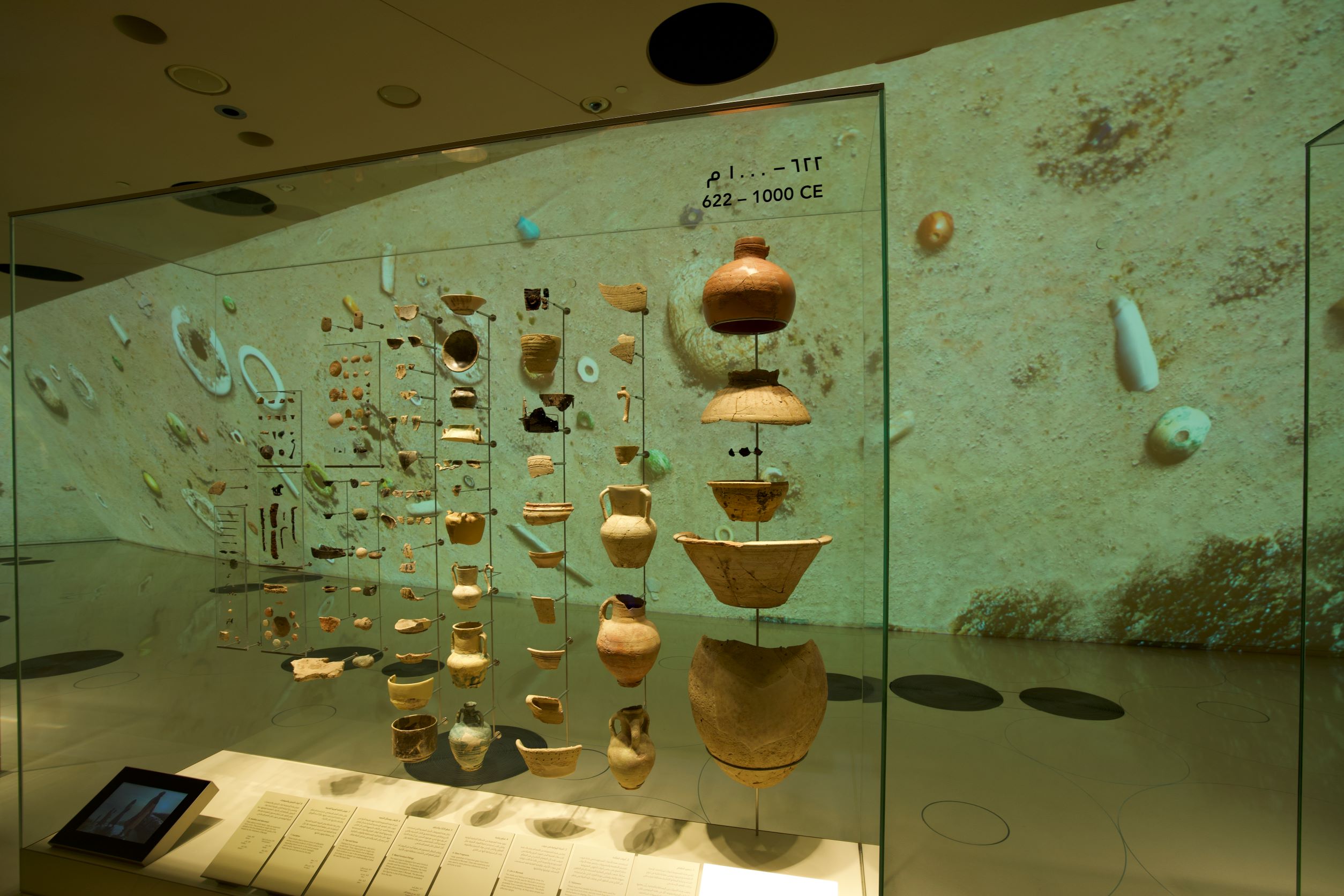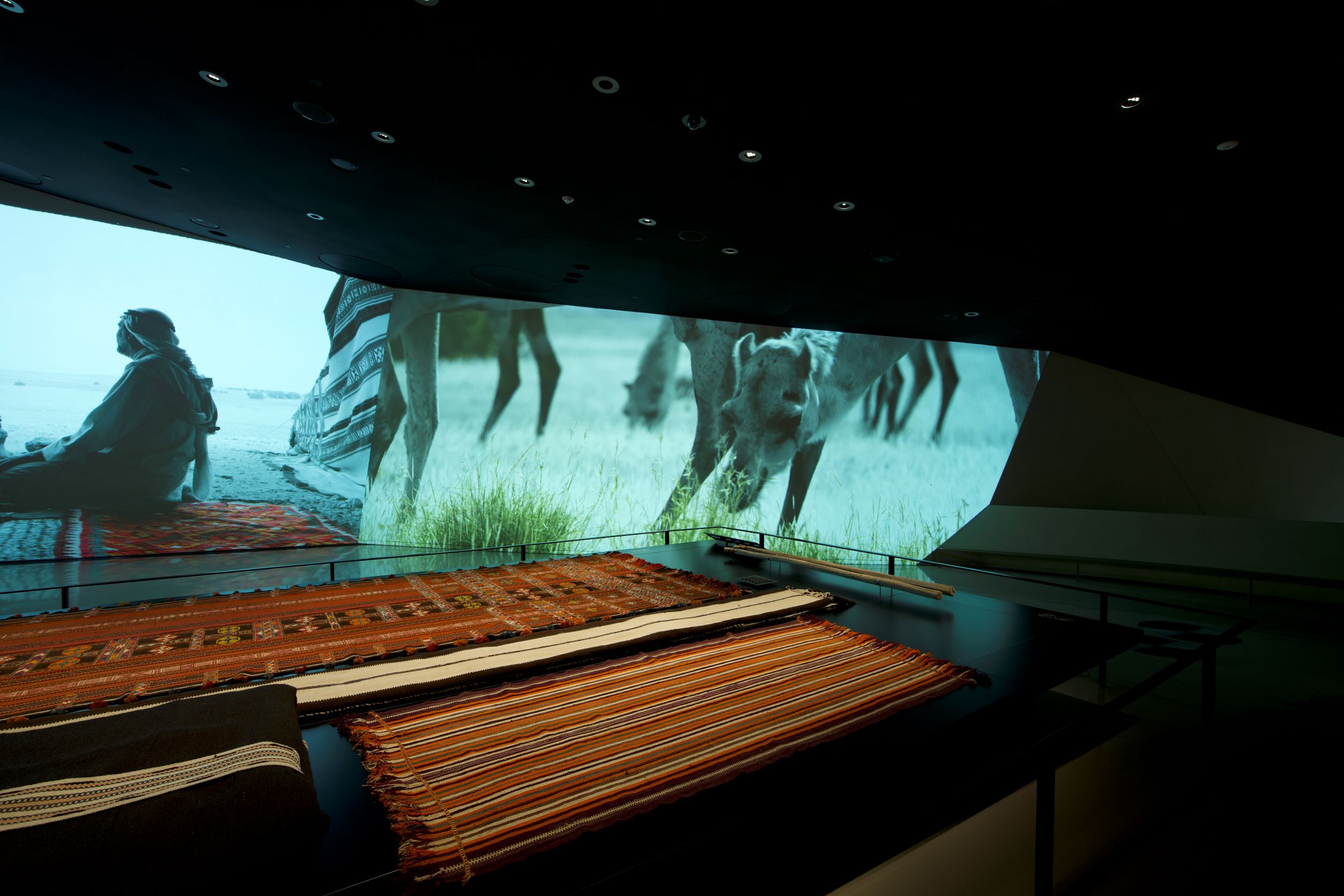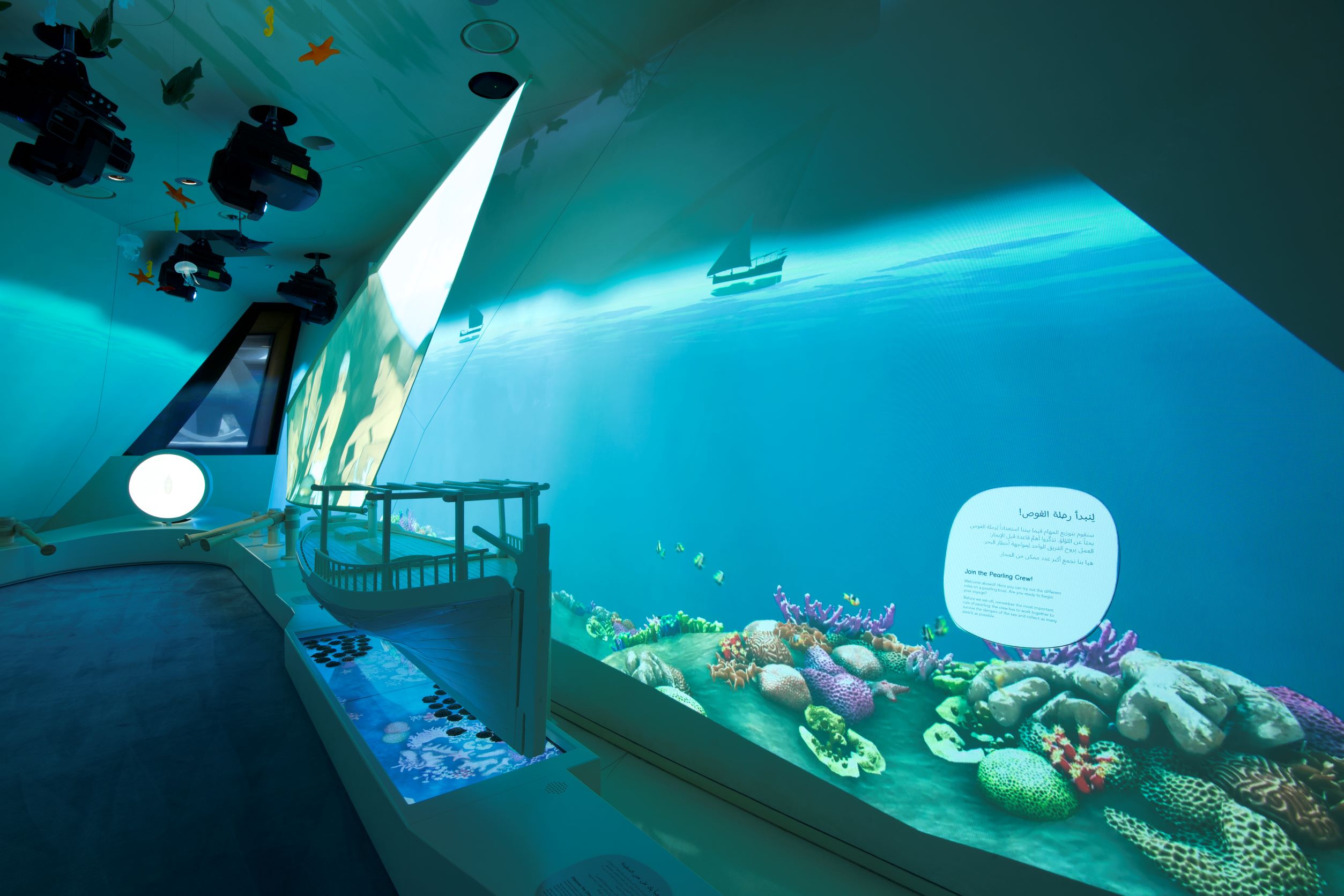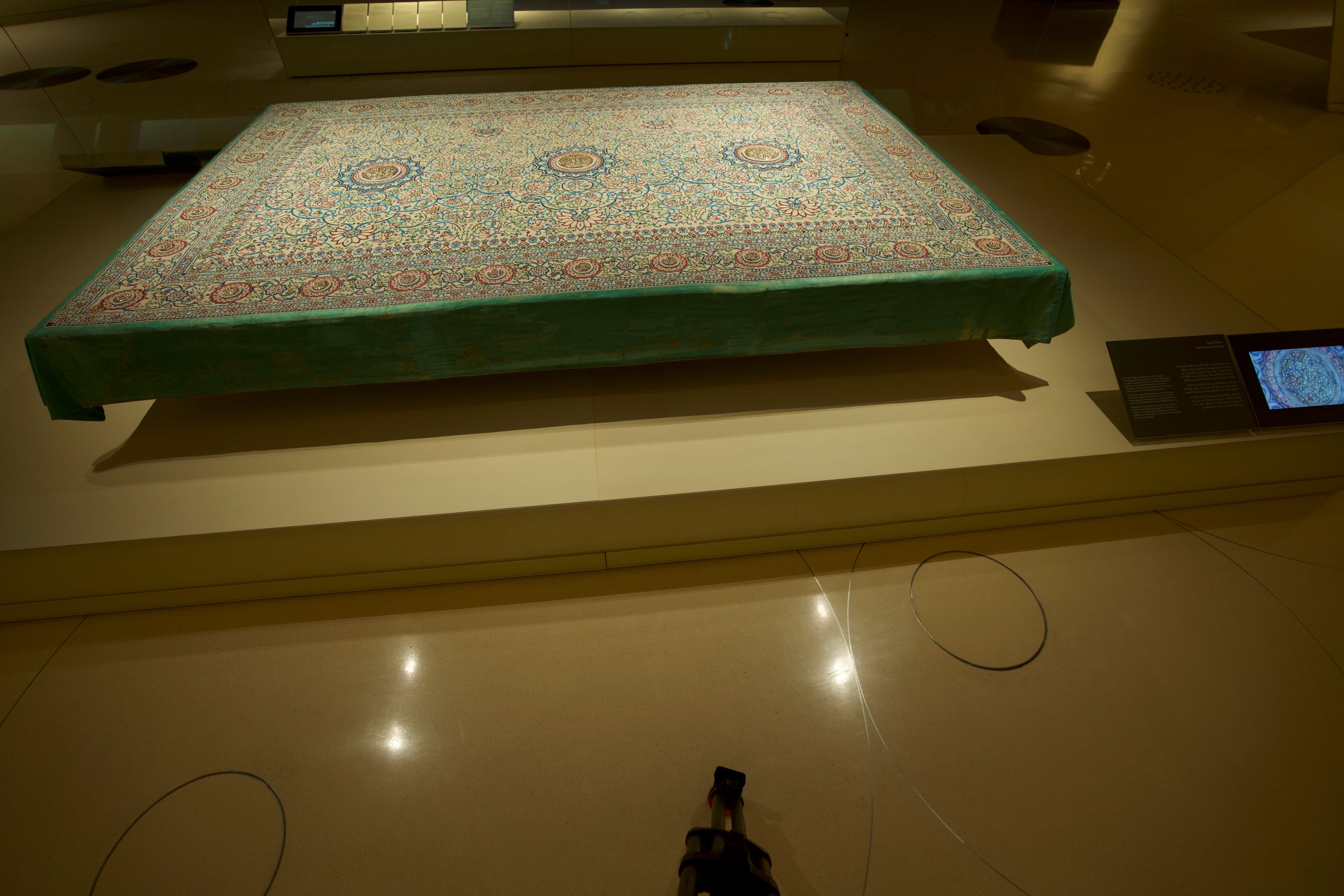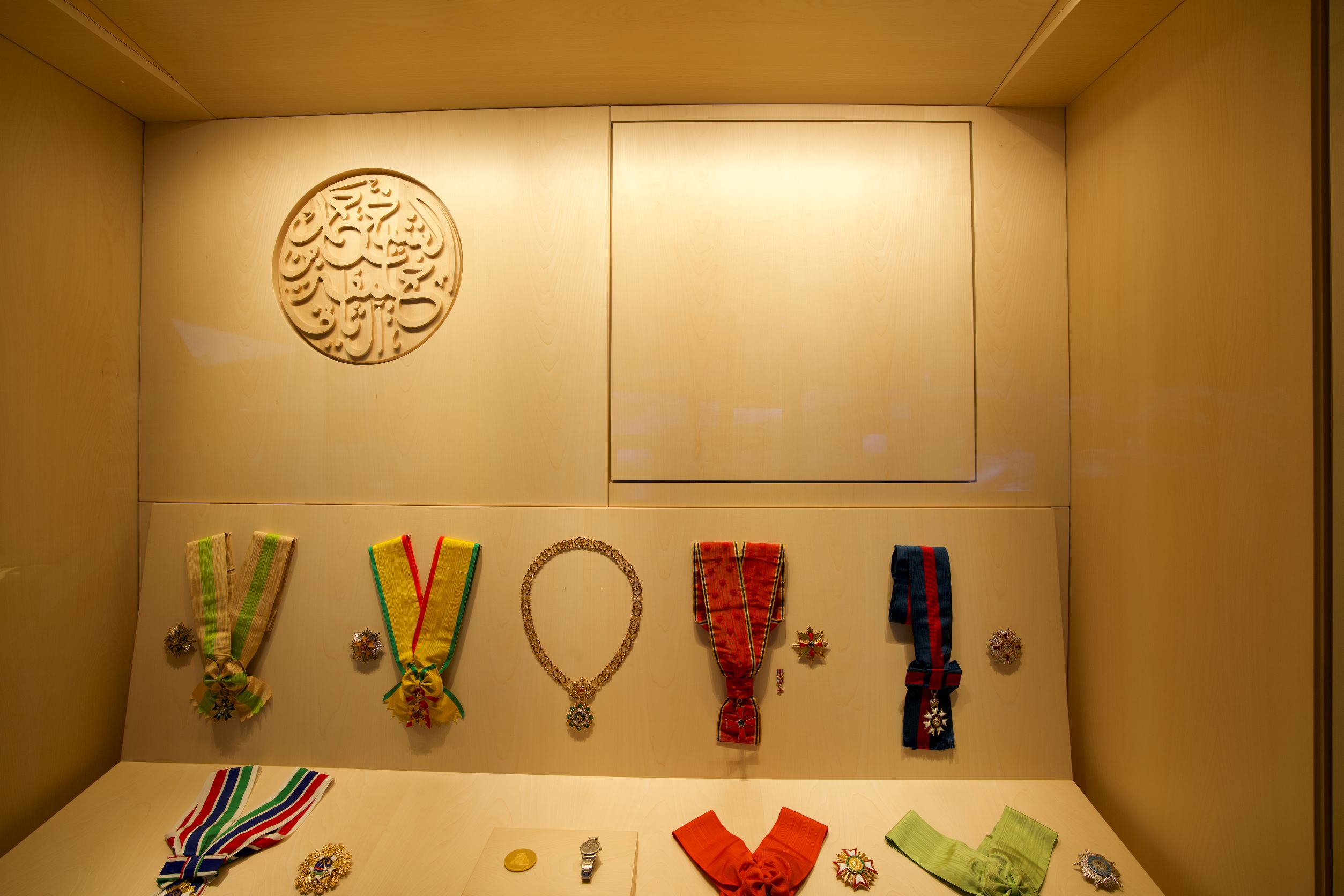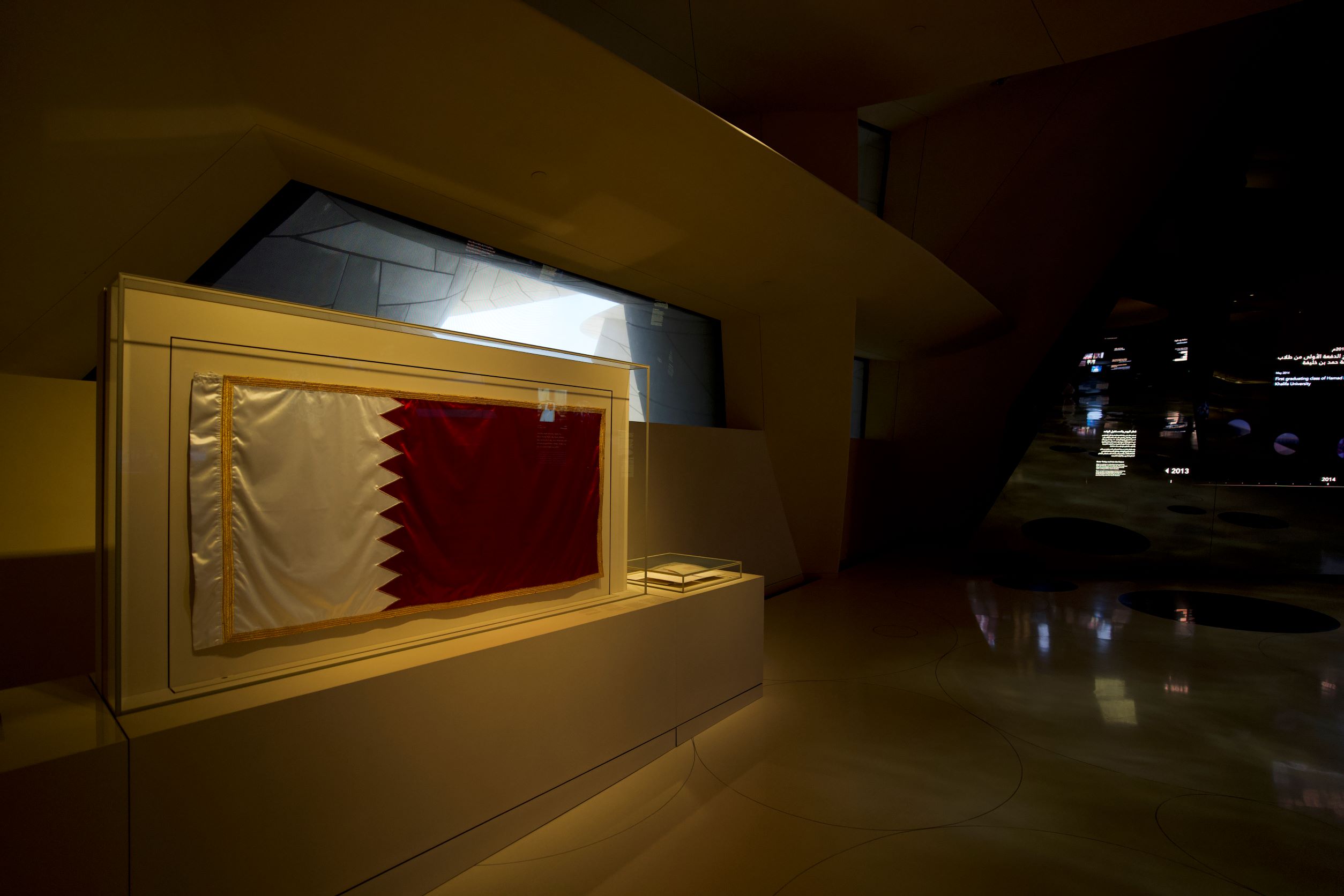2026 © NMoQ. All rights reserved
What are you looking for?
museum
spaces
NMoQ is dedicated to bringing to life the unique story of Qatar and its people. It actively gives voice to the nation's rich heritage and culture and demonstrates our extensive network of ties with other nations and people around the world.
museum rooms
become a member
join us

